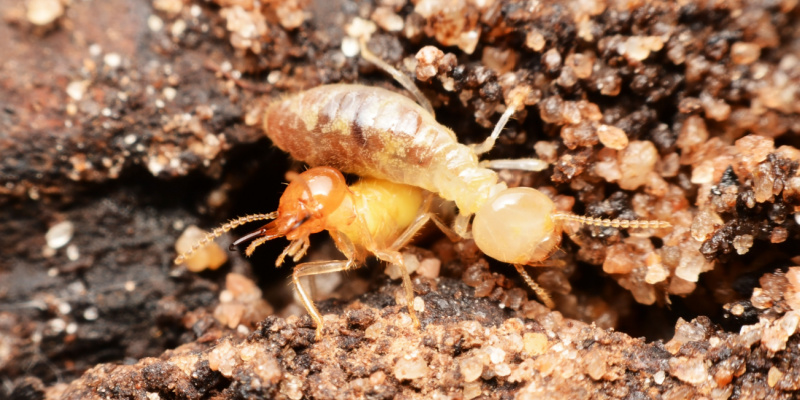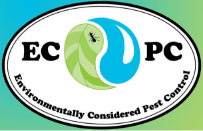
How do I know if my home has termite damage?
Since termites primarily feed on wood, they are one of the most damaging pests to homes and buildings. They can slowly eat away at the structure of a home, causing thousands of dollars worth of repairs. As a homeowner, it is important to recognize the early signs of termite damage and take action so the infestation doesn’t lead to more expensive problems down the road.
What to Look For
Sometimes termite damage can appear similar to water damage. Homeowners may experience swollen floors and ceilings, buckling wood or lines and marks on the wall. Subterranean termites come from the ground and can reside in untreated or moist wood. Any signs of these issues should be investigated by a professional to determine if termites are present in the home or structure.
Other types of termite damage may be found in the dry wood of a home. These often occur inside the walls or trim of homes and can cause extensive damage. You may notice wood suddenly start to rot or begin to deteriorate. Piles of wood dust or pellets may also be found. This is a common sign you have a termite problem. Because the infestation begins in hidden places, the infestation is likely extensive already. An expert can identify the severity of the issue and take action to treat and prevent future issues.
Mud tubes are another way a homeowner can identify a termite infestation. Termites build tunnels out of their saliva and other liquids to move between locations. These are often found in the foundation or slabs, crawl spaces, attics or floor joists. If you find small brown lines that look like tubes in these places, you may have a termite problem that needs further investigation.
Another test you can easily perform to check for termite damage is the sound test. You can tap on wood with a handle of a large screwdriver. If the wood sounds hollow, you may have discovered termite damage. Since termite damage is often invisible on the outside, this is an effective way to check for possible problem areas where termites may have caused internal damage.
Prevention Measures:
You can take some steps to help lessen the chance that termites will find their way into your home:
- Remove dead trees or limbs from around your home. Decaying wood is prime food for termites, so you can help prevent attracting termites by keeping your property free of this material.
- Use treated wood to build structures. Wood treatment acts as a barrier for wood and helps prevent termites from taking refuge in these structures.
- Use a termite prevention treatment on exposed wood around your home. This will repel termites to keep them from entering accessible areas.
- Remove damaged wood on home. Decaying wood attracts termites, so fresh wood should keep them at bay.
If you find signs that your home has termite damage, it’s important to contact a pest control expert quickly to treat and prevent more extensive issues. At Environmentally Considered Pest Control, we are happy to inspect your home and provide a treatment plan to repair and treat effectively.
